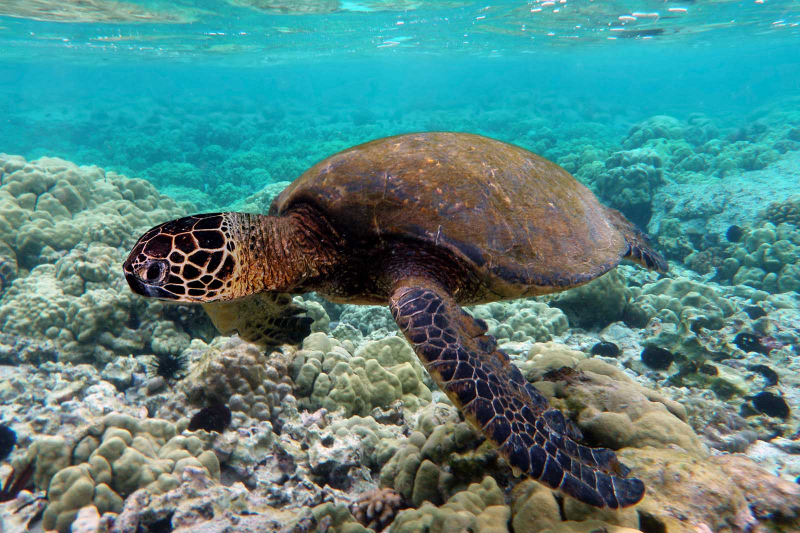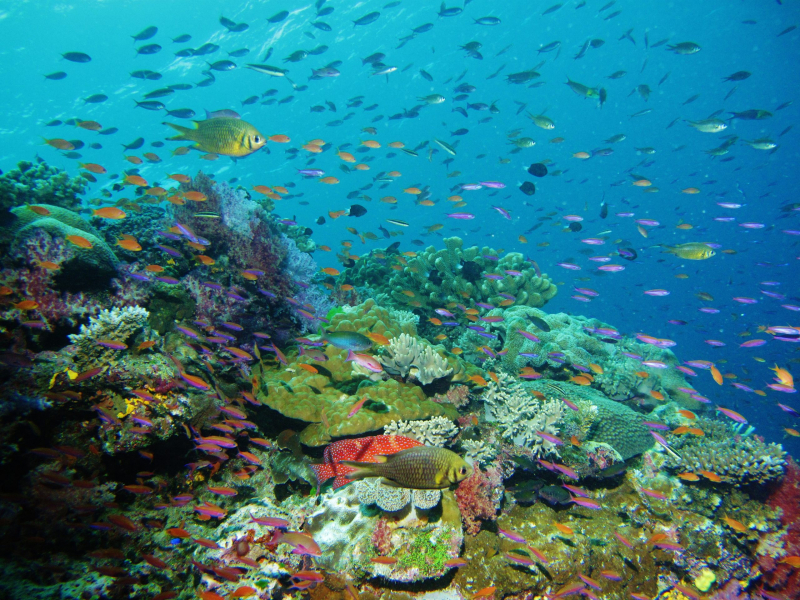Biodiversity of Tuvalu
Biodiversity is the thing about Tuvalu you should know. From a geological perspective, the islands of Tuvalu are very young, with poorly developed, infertile, sandy, or gravel coralline soils. Indigenous plants are rare, partly because of habitat modifications, such as the extensive planting of coconuts and other food plants by early settlers. Just over 300 species have been recorded, of which about 65 are native species; the rest are introduced. Twenty-eight species of indigenous birds are known, approximately 20 species being sea birds, a few of which are migratory.
There are also insects, land crabs, and a few species of lizards of which only one has been confirmed to be endemic. The marine environment is comprised of 6 major ecosystem types (oceanic, outer reef, lagoonal, back reef, lagoon floor, patch reefs, and natural channels between the ocean and lagoon). These ecosystems produce the sediment required for island-building and maintenance and support communities of corals, other invertebrates, algae, plankton, fish and marine mammals, and reptiles. Approximately 350 species of fish have been recorded.












